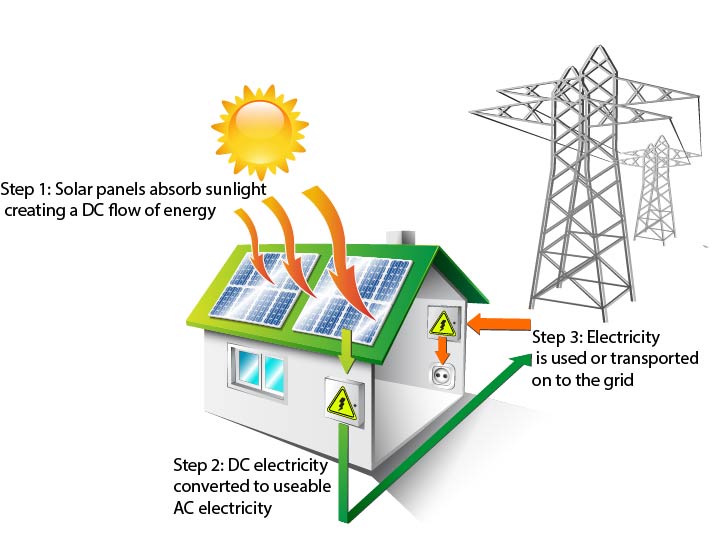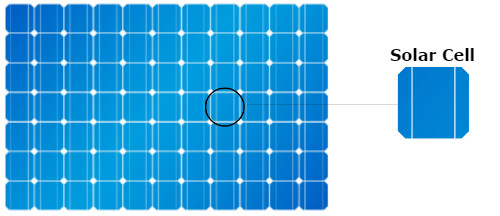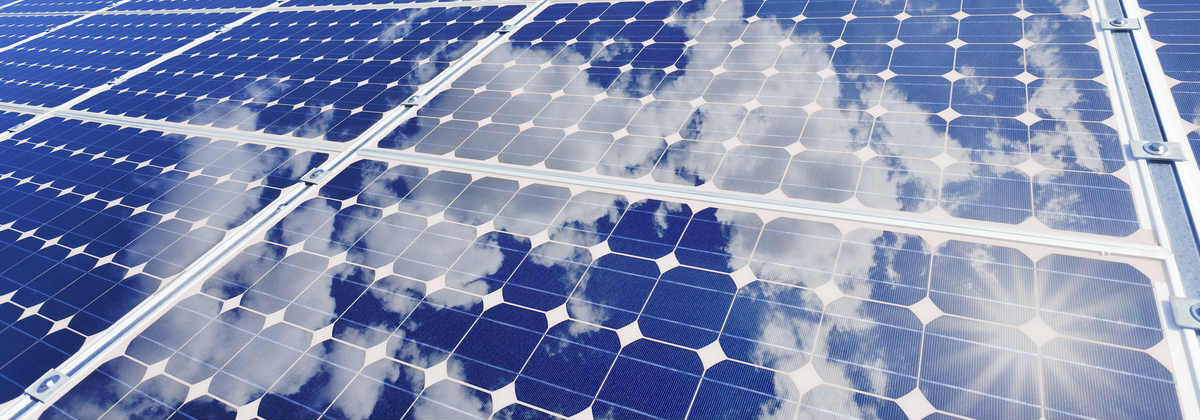Solar power is one of the most invested-in and prevalent alternative energy sources in Australia. A growing number of homes and businesses are turning to solar in an effort to reduce electricity costs and impact on the environment, but the basics behind this energy practice may still be a little confusing to the vast majority of us.
So, how does solar power work to convert heat from the sun into usable electricity? We dive into the science behind solar power and discuss some of the potential benefits and limitations of this energy source.
On this page:
Advertisement
How do solar panels work?
Solar panels work through a series of events that allow customers to take advantage of the sun’s rays. This process essentially takes place in five steps:
- Sunlight hits the solar panels on rooftops
- Solar cells are are activated and produce electrical currents
- Electrical energy is converted via a solar inverter
- Converted electricity can be used to power your home
- Excess electricity can be fed back into the grid for a small rebate on your energy bills
So how does solar power work?
Solar power works by utilising a chemistry phenomenon known as the ‘photovoltaic effect’. The photovoltaic effect describes a reaction where certain materials generate an electrical current when exposed to sunlight. Silicon is well known for these properties, and that’s why it’s used in nearly all types of solar panels.
In contrast, traditional power generation systems rely on an energy source to spin a turbine, in turn charging a generator that creates an electrical current – prime examples are coal power plants, wind turbines and hydroelectricity plants.
What do solar panels do?
Without going too deep into the science behind the photovoltaic effect, essentially what happens is that when photons of light hit the n-type layer of silicon on top, it gives energy to an atom’s outermost electrons, allowing electrons to break away from their atomic orbits. The flow of these free electrons form a DC electric current. This DC current is then transformed by an inverter in to useable AC electricity. The loose electrons will eventually flow to the p-type silicon, while any excess electric current which your household does not use is fed back to the grid.
See the below diagram on how solar panels work:

What are solar panels made of?
Solar panels are comprised of an array of solar cells, which are the smaller blue or black squares within the panel. Solar cells in most commercial panels are usually made of two layers of silicon described as a p-type on the bottom and an n-type on top. These layers are sandwiched together by thin metal lines which serve as the solar cells conductor.

Of course, different brands might use slightly different materials or grades of silicon to make their solar panels more efficient than competing brands. The silicon can also take completely different structures; black solar panels are said to be ‘monocrystalline’, which have higher efficiency ratings due to their uniform structure.
Blue solar panels are known as ‘polycrystalline,’ meaning they have multiple silicon structures. This in turn makes them slightly less efficient, however generally more affordable.
You might also be interested in:
Already got solar? Check out these solar plans
Here are some of the cheapest solar-specific deals from the retailers on our database. These costs are based on the Ausgrid network in Sydney but prices will vary depending on your circumstances. We show one product per retailer, listed in order of lowest price first. Annual price estimates assume general energy usage of 3900kWh/year for a residential customer on a single rate tariff. Price estimates exclude solar feed-in tariff credits. These are products from referral partners†. Our database may not cover all deals in your area, and please check retailer websites for up to date information.
Here are some of the cheapest solar-specific deals from the retailers on our database. These costs are based on the Citipower network in Melbourne but prices will vary depending on your circumstances. We show one product per retailer, listed in order of lowest price first. Annual price estimates assume general energy usage of 4000kWh/year for a residential customer on a single rate tariff. Price estimates exclude solar feed-in tariff credits. These are products from referral partners†. Our database may not cover all deals in your area, and please check retailer websites for up to date information.
Here are some of the cheapest solar-specific deals from the retailers on our database. These costs are based on the Energex network in Brisbane but prices will vary depending on your circumstances. We show one product per retailer, listed in order of lowest price first. Annual price estimates assume general energy usage of 4600kWh/year for a residential customer on a single rate tariff. Price estimates exclude solar feed-in tariff credits. These are products from referral partners†. Our database may not cover all deals in your area, and please check retailer websites for up to date information.
Here are some of the cheapest solar-specific deals from the retailers on our database. These costs are based on SA Power network in Adelaide but prices will vary depending on your circumstances. We show one product per retailer, listed in order of lowest price first. Annual price estimates assume general energy usage of 4000kWh/year for a residential customer on a single rate tariff. Price estimates exclude solar feed-in tariff credits. These are products from referral partners†. Our database may not cover all deals in your area, and please check retailer websites for up to date information.
3 things to consider before installing solar
The sun provides what is essentially a limitless source of green energy, yet solar power still has its pros and cons. Here are three factors to consider before investing in solar:
1. Solar panel efficiency
Solar panels tend to be much less efficient than traditional power sources. To illustrate, coal-fired energy sources have an efficiency rate of about 40%, with natural gas-fired sources reaching up to 60% efficiency in some cases. In contrast, solar energy typically hits a 15% to 20% efficiency rate when converting electricity.
What this means is that solar power requires more hardware – in this case more panels – than a coal-fired or gas-fired energy source, in order to produce the same or more electricity.
2. Weather
Solar panels need sunlight, meaning that the climate and weather has a massive impact on the output of your solar panels. While here in Australia most of us enjoy a warm and sunny climate, many parts of the world are not so lucky. Cloudy countries will not be able to produce nearly enough solar energy for it to serve as a reliable energy source.
Further reading: Do solar panels work in the winter?
3. Price
Solar panels unfortunately remain quite expensive, costing anywhere between $3,000 and $15,000, depending on the size. To put that into perspective, a relatively standard 4kW solar system will cost you around $5,000, excluding solar installation costs. The silver lining is that the price of solar has come down considerably in recent years, and is expected to keep falling.
While solar technology definitely has a long way to go, it is a fantastic alternative source of energy with limitless potential. We hope this article has given you a better understanding of the workings, practical benefits and challenges of solar power.




Share this article